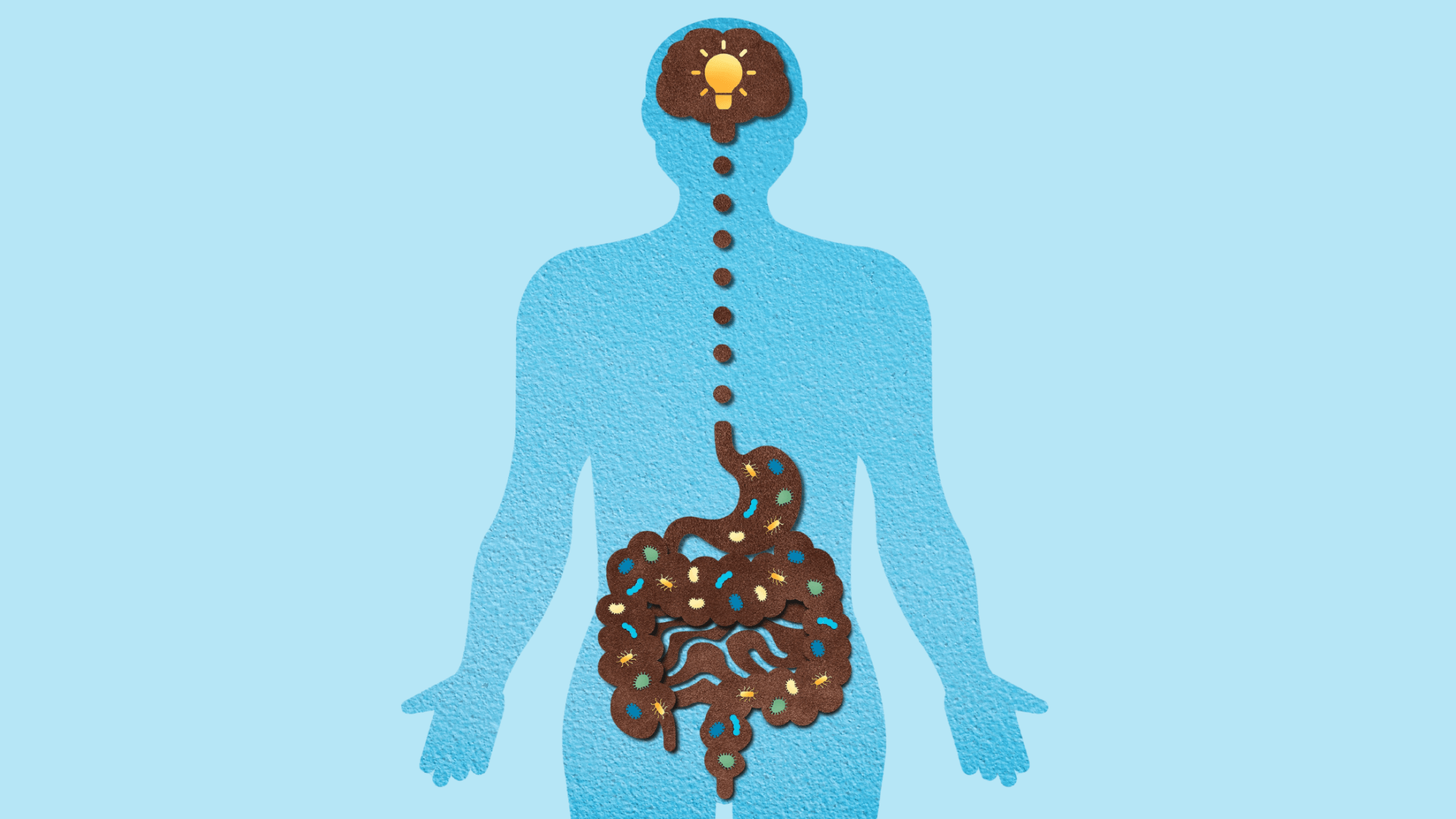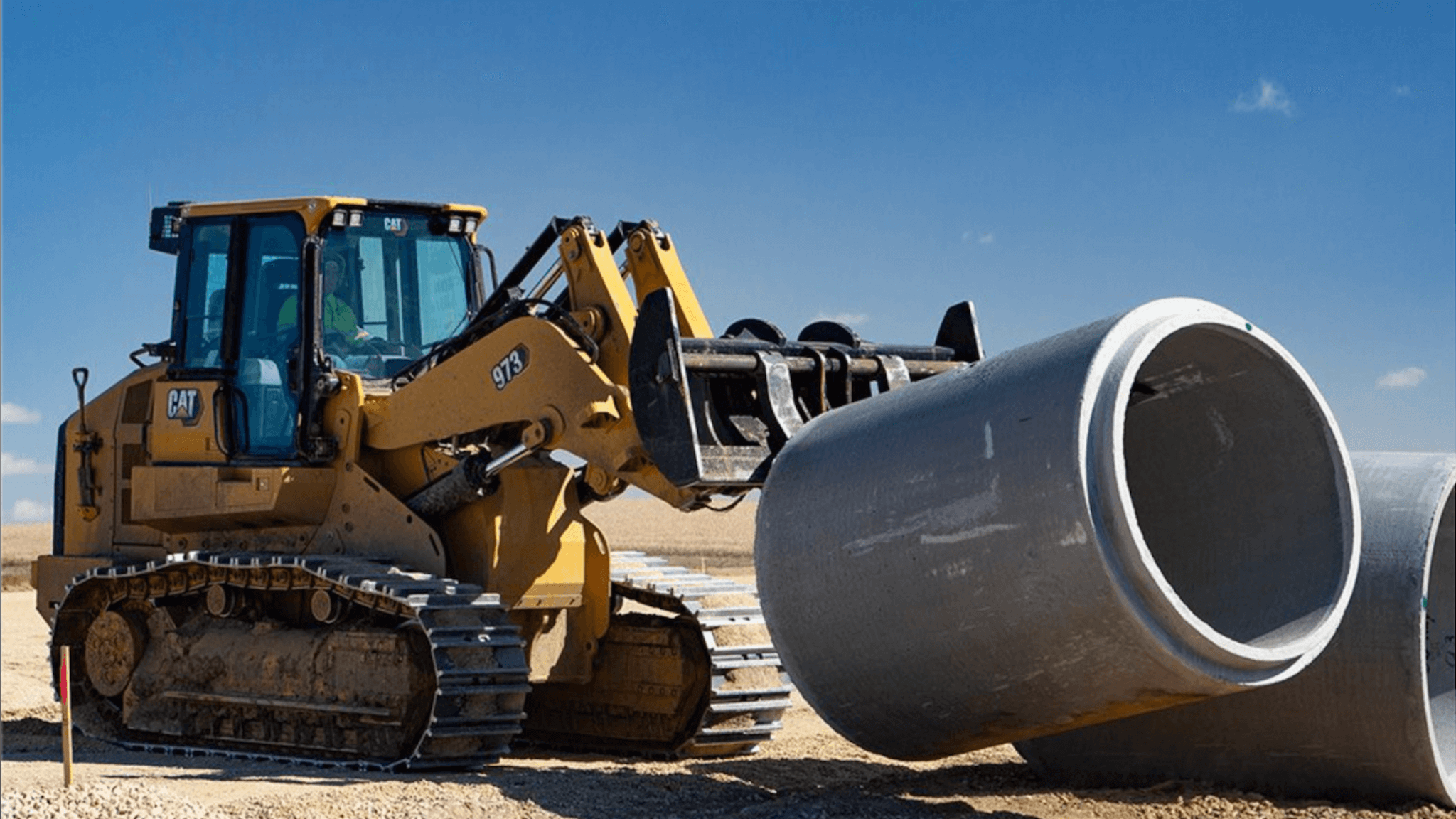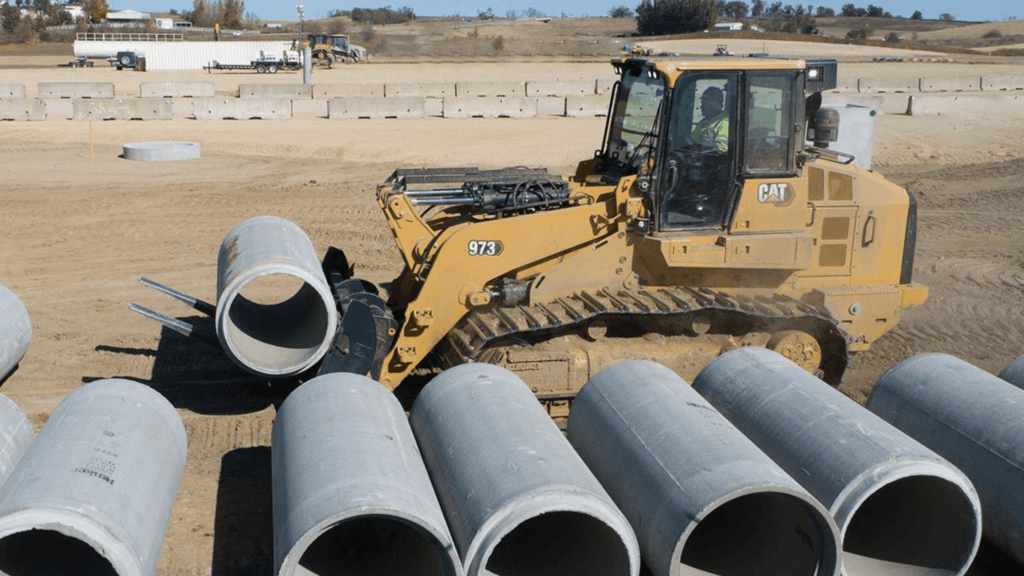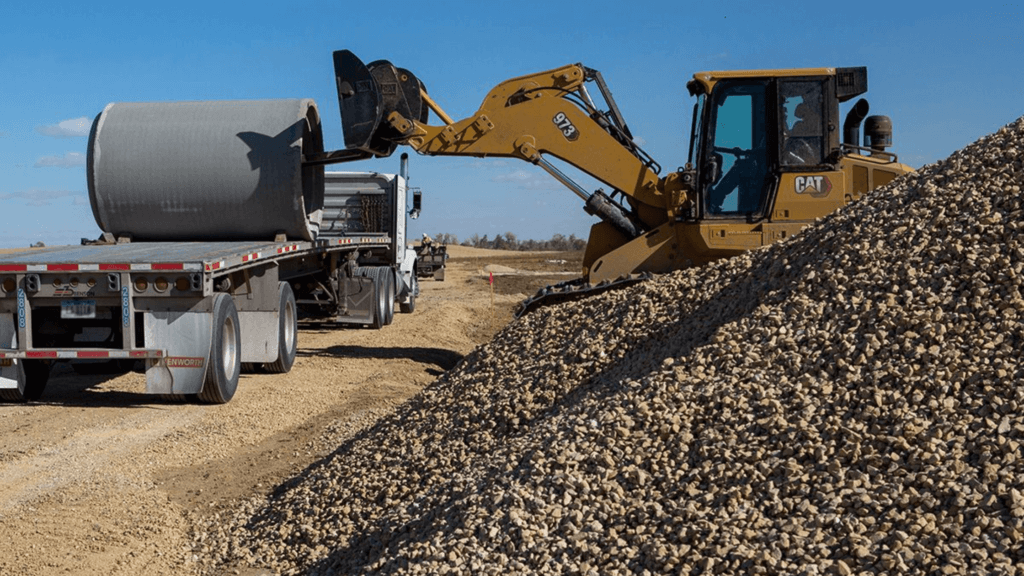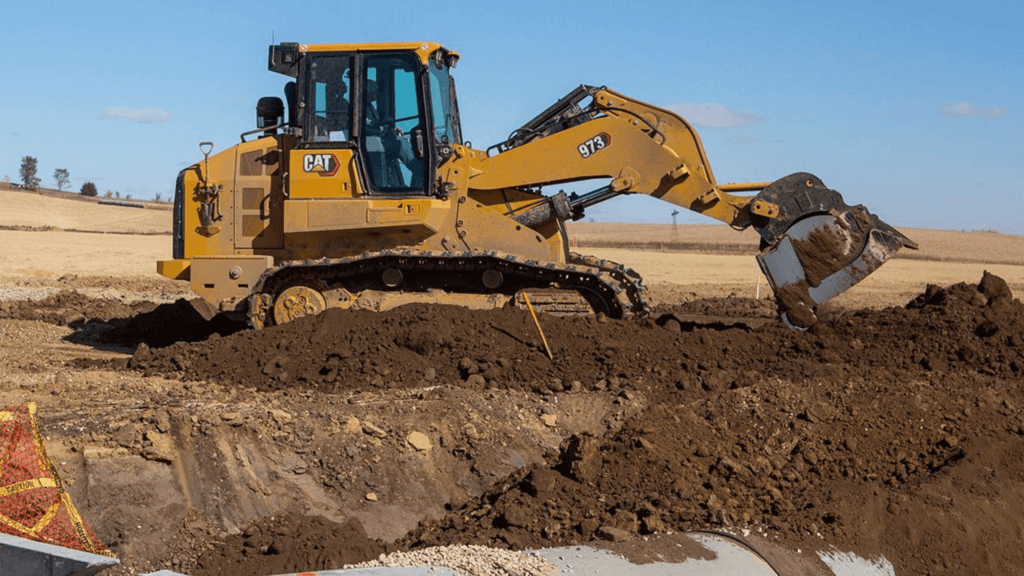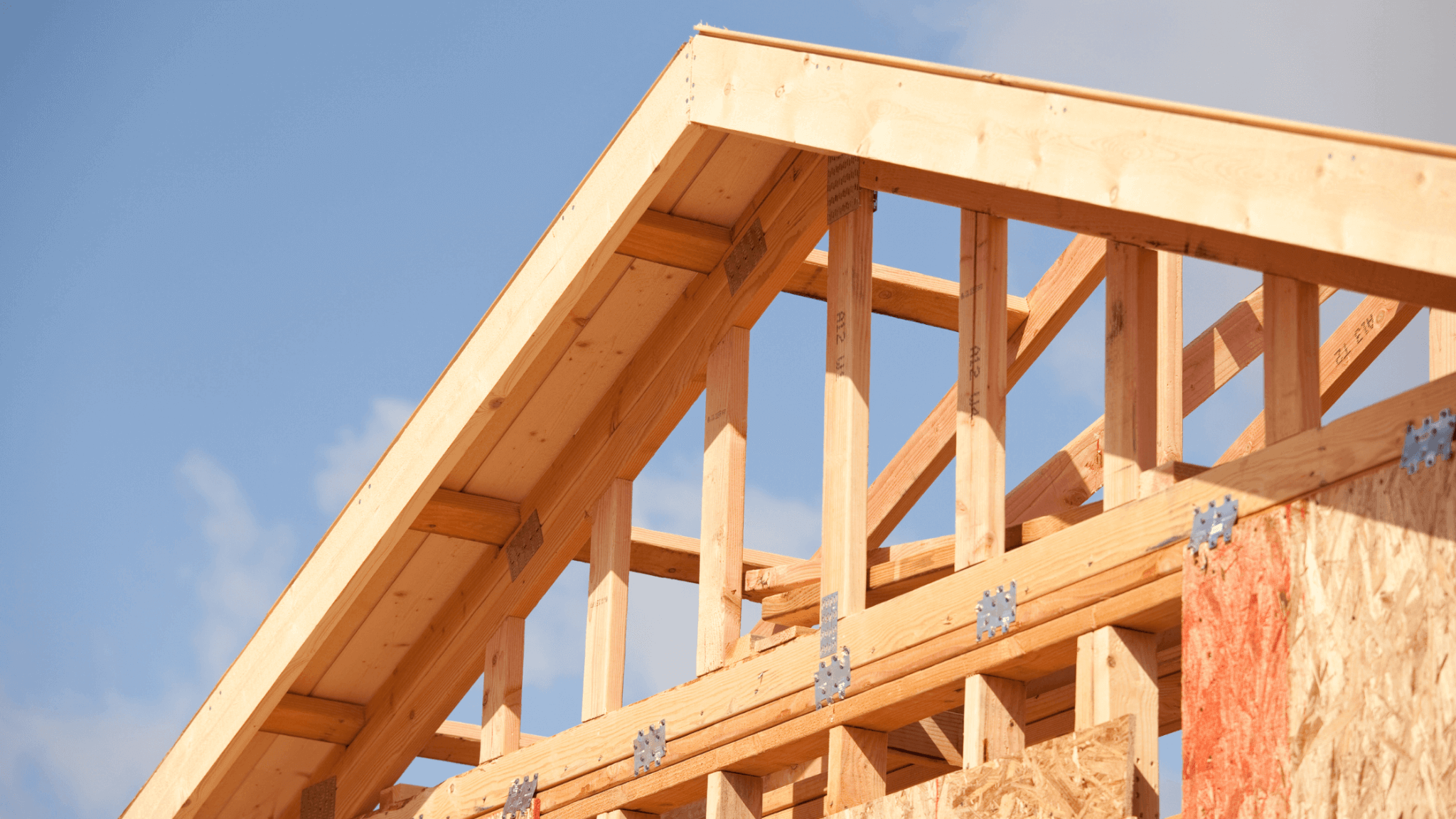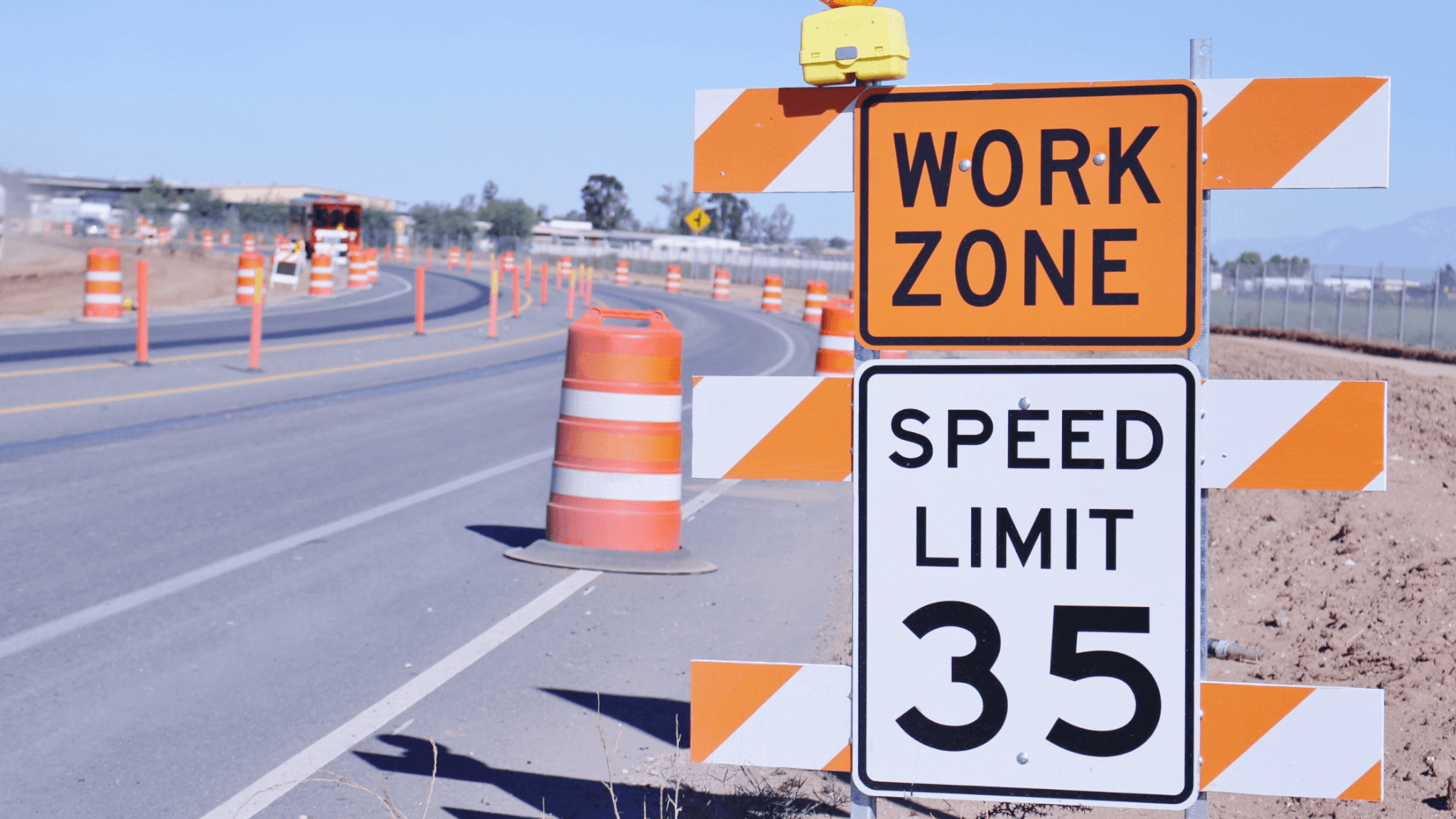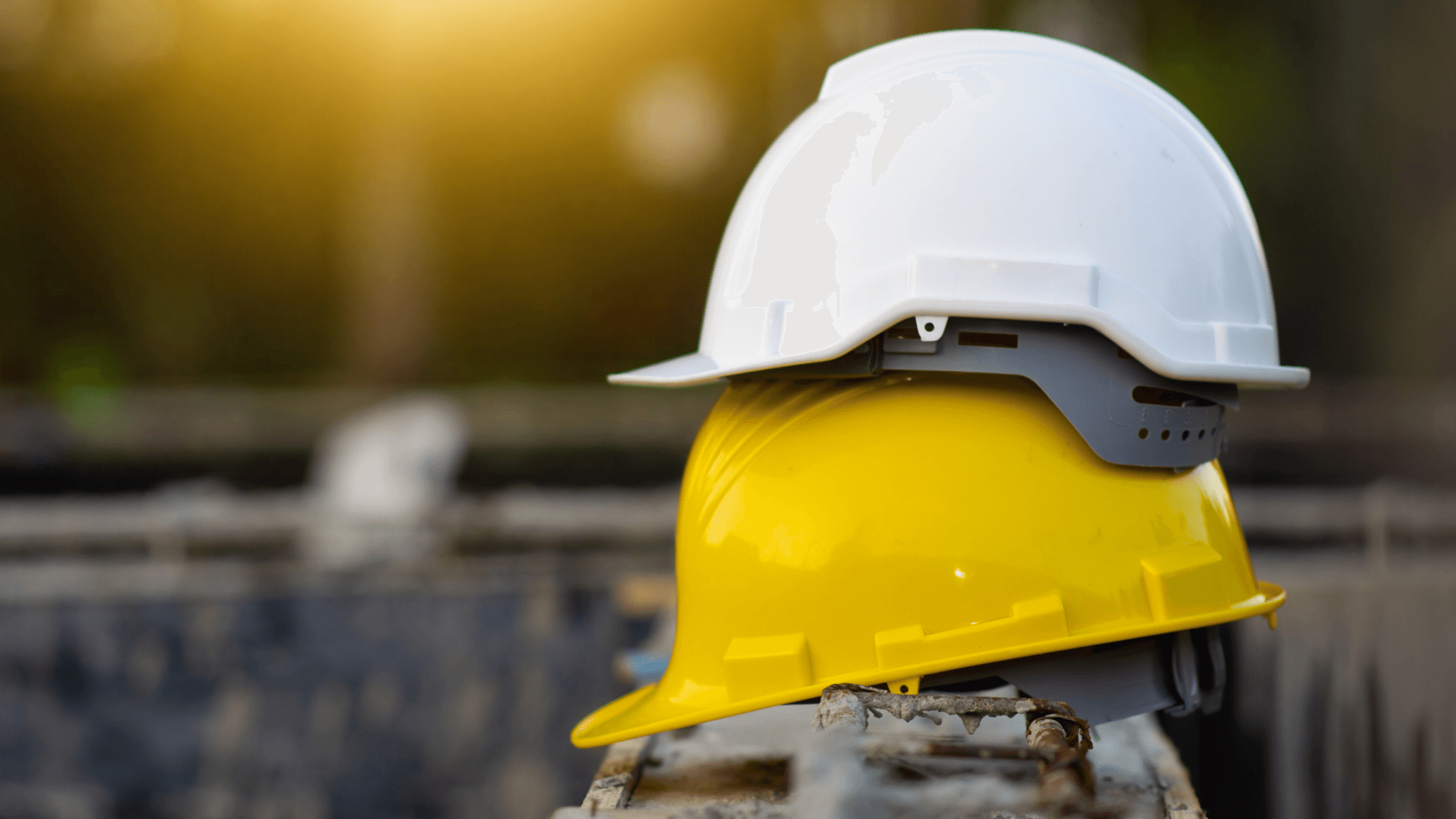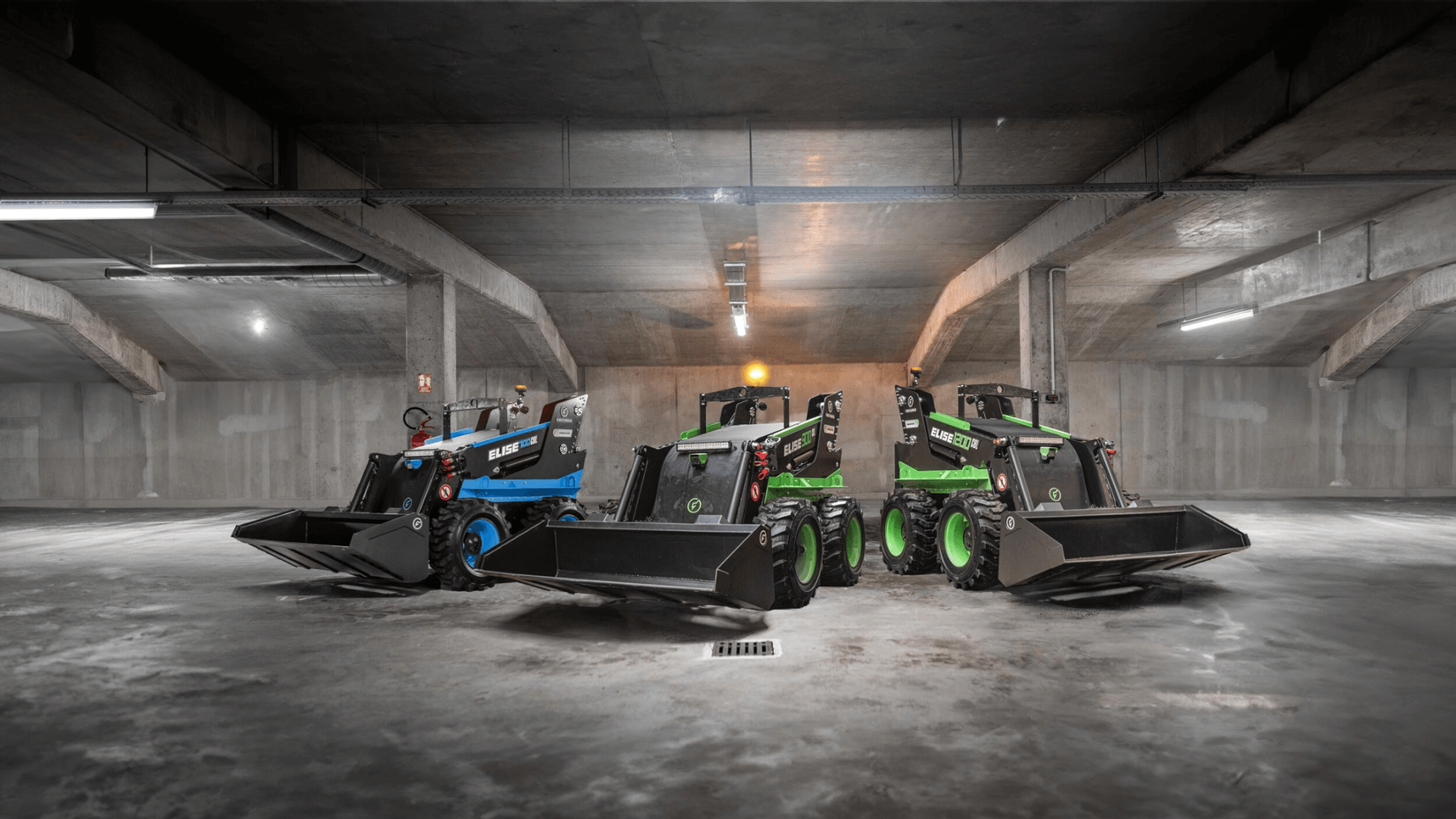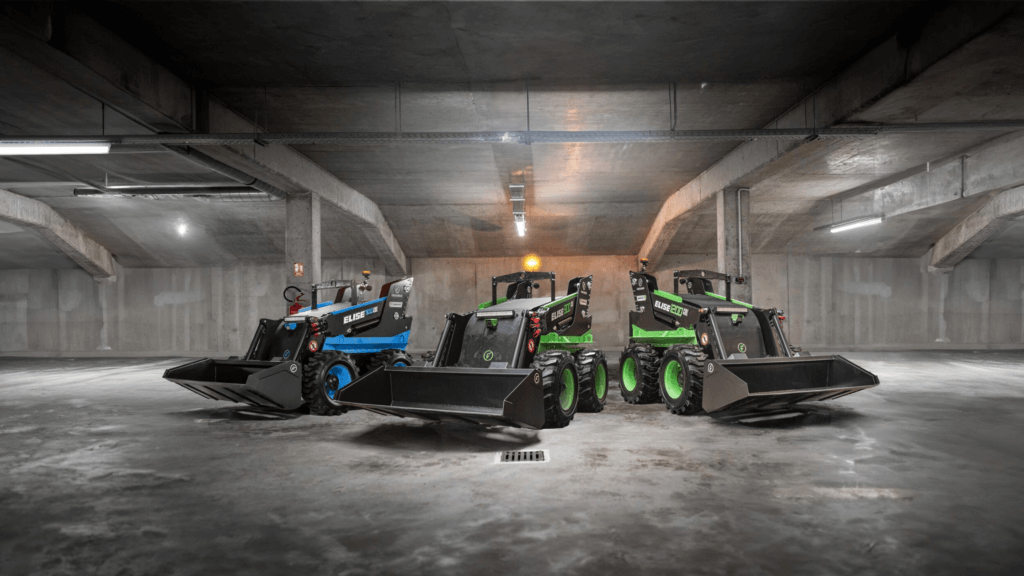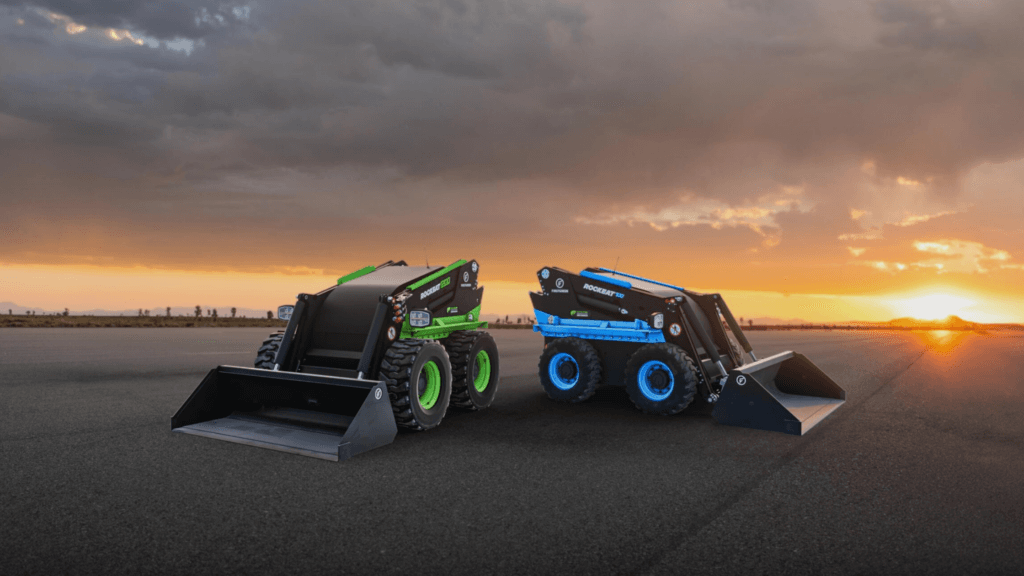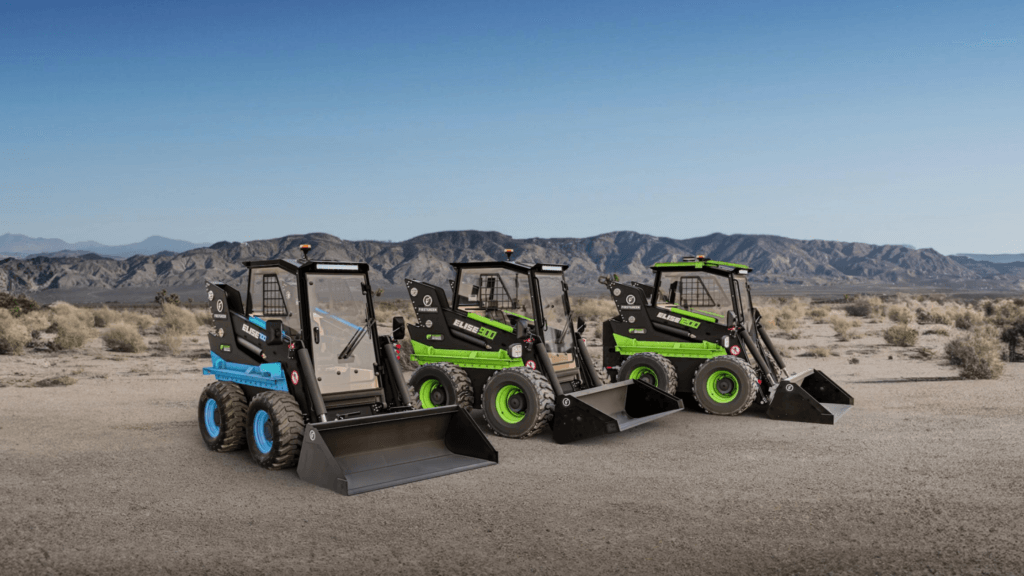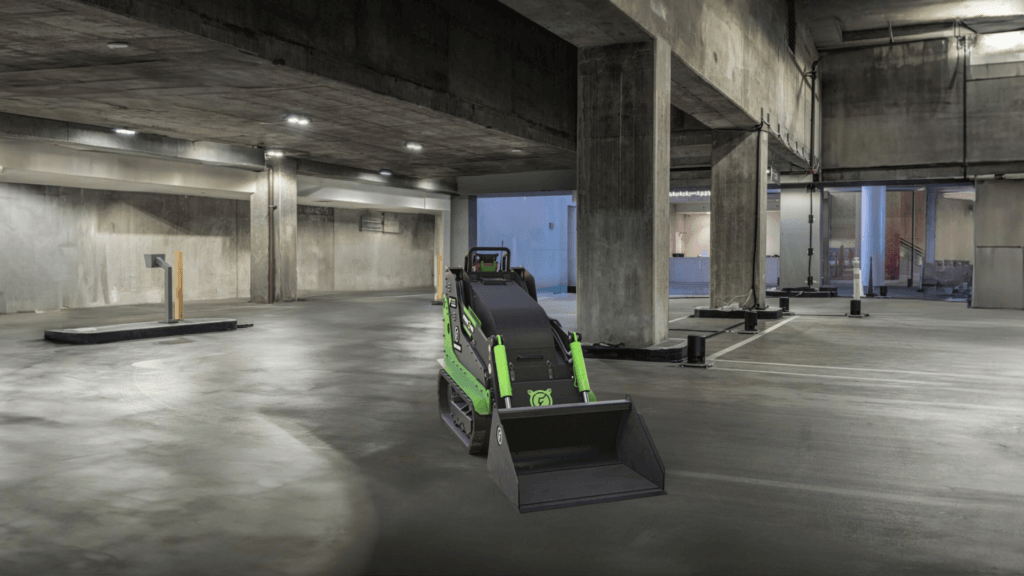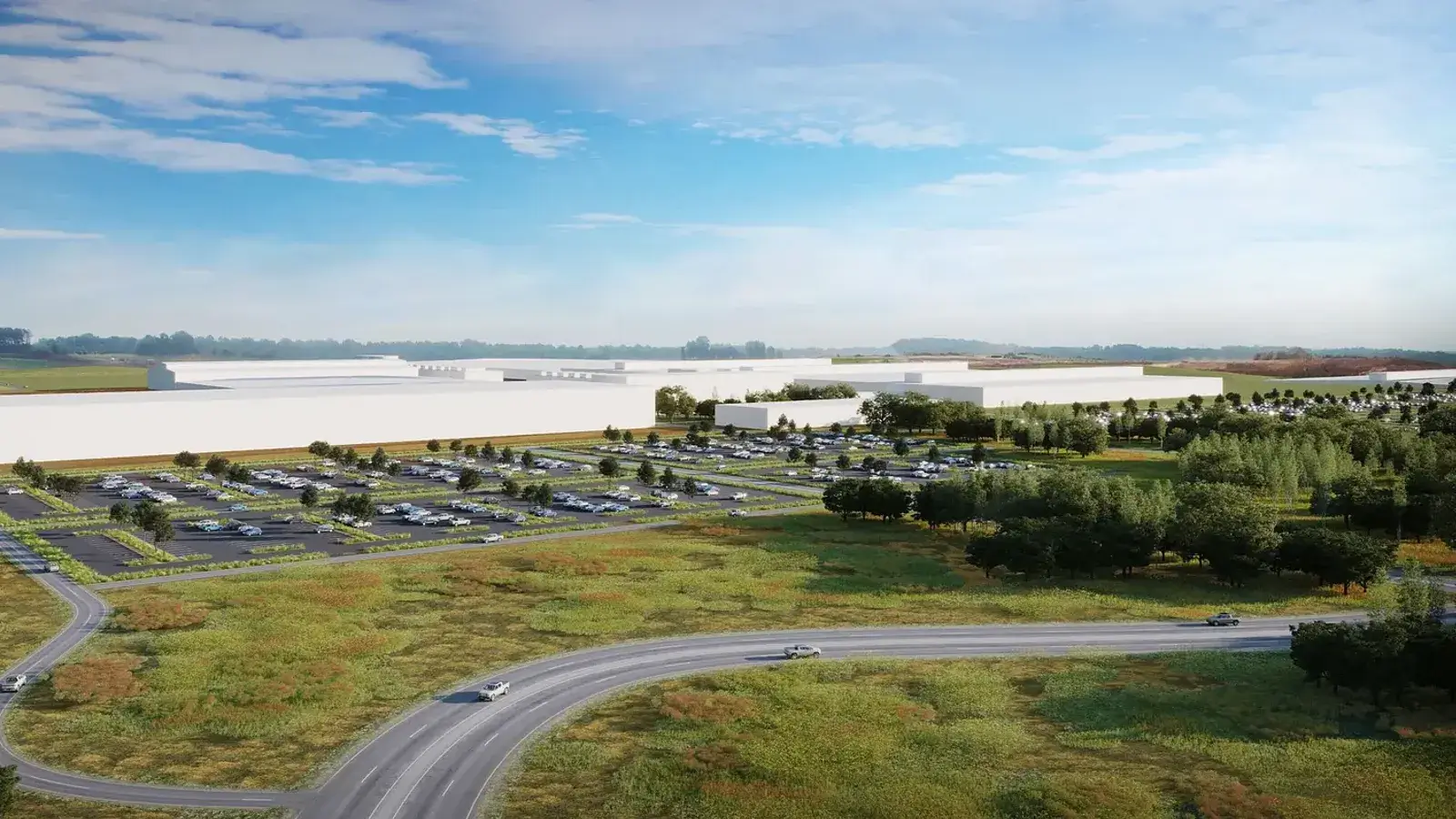“You are what you eat” isn’t just a cliche—it holds profound truth, particularly in construction. Your dietary decisions and gut health directly influence your mental health and well-being through the intricate network known as the gut-brain axis. Getting more sunlight, cleaning up your diet, and avoiding excessive alcohol and tobacco are simple ways to improve gut and mental health.
Quick look
- Mental health in construction is a critical issue, with high suicide rates and stress levels.
- Understanding the gut-brain axis can be vital for your health; it governs communication between the gut and brain, impacting mental well-being.
- The enteric nervous system (ENS) and vagus nerve play crucial roles in this axis, influencing digestion, mood, and stress responses.
- Serotonin is produced mainly in the gut and is crucial for mental health—and it’s largely affected by diet.
- Maintaining a healthy gut microbiome through diet, supplements, and lifestyle choices can positively impact mental well-being.
Mental health in the construction industry
Mental health is a pressing issue in the construction industry, often intensified by the pressure to appear tough and handle problems alone.
Data from the Centers for Disease Control and Prevention in the U.S. show alarmingly high suicide rates among male workers at 65.6 per 100,000 people and female workers at 25.3 per 100,000 people.
While research on the relationship between occupation and suicide rates in Canada isn’t conclusive, the construction site’s environment, marked by dangerous conditions and irregular schedules, contributes to heightened stress levels and mental health challenges. Understanding the gut-brain axis, which governs communication between the gut and the brain, can show how your day-to-day diet and lifestyle choices can influence your mental health.
The gut-brain axis

Just as the construction site relies on effective communication between its team members to ensure a project’s success, your gut communicates extensively with your brain physically and biochemically through what’s known as the gut-brain axis.
Enteric nervous system (ENS)
If you’ve ever had a “gut feeling,” you’re tapping into signals from your enteric nervous system (ENS), often called the “second brain.”
This network of neurons runs through your digestive system, from the throat to the stomach, intestines, pancreas, and gallbladder. The ENS is part of the autonomic nervous system, collaborating with the sympathetic (“fight or flight”) and parasympathetic (“rest and digest”) branches to control unconscious behaviors like heart rate, digestion, and breathing.
Within the ENS, sensory neurons monitor various factors, such as the tension in your gut walls, the chemicals in your stomach and intestines, and hormone levels in your bloodstream. The system plays a vital role in the gut-brain axis, communicating bidirectionally with the brain. This connection is crucial for maintaining digestive functions and mental well-being.
Research shows that the state of the gut can significantly affect mood, emotions, and thought processes. For example, when stressed, your gut might react by changing its secretions, leading to symptoms like diarrhea. This happens because stress can trigger the ENS to become overactive, causing increased gut contractions and accelerated food movement through the digestive tract.
On top of that, the gut also produces a whopping 90% of your “feel-good” neurotransmitter, serotonin. This highlights the ENS’s importance in mental health, as disruptions in gut-brain communication can affect serotonin levels and contribute to conditions like anxiety, depression, and even neurodegenerative diseases.
Vagus nerve
The vagus nerve, the tenth cranial nerve, is a vital part of the gut-brain axis, serving as a crucial link between the gut and the brain. Like a busy road, it facilitates the exchange of messages that impact both physical and mental well-being.
Originating in the brainstem and extending throughout the body, the vagus nerve connects to organs such as the heart, lungs, and digestive tract. Its role is multifaceted—not only does it transmit sensory information from the gut to the brain, but it also conveys commands from the brain to regulate gastrointestinal (GI) functions like peristalsis, secretion of digestive juices, and gut motility. Moreover, the vagus nerve plays a key role in regulating the immune system and maintaining a healthy balance within the gut.
But where we want to focus is on the vagus nerve’s role in mood. It has a significant influence on mood and behavior by connecting with brain areas associated with emotions and stress. Disruptions in its function can lead to various health issues, including gastrointestinal problems, mood disorders, and inflammation.
Key takeaway: This intricate interplay between the vagus nerve and the gut-brain axis highlights the mechanisms underlying gut-brain communication and underscores the importance of maintaining its optimal function for overall well-being.
Gut health and mental health: What’s the link?
The microbiome and serotonin production are the primary link between your gut and mental health.
Microbiome
The microbiome refers to the community of microorganisms (bacteria, viruses, fungi, etc.) that live in and on the human body, with the gut having the largest concentration of microbiota. The microbiome influences your enteric division and central nervous system.
Picture your body as a construction site and your microbiome as the team of workers managing the project.
Just as a construction site needs various specialists like architects, engineers, and laborers to build a strong and functional structure, your microbiome consists of bacteria, fungi, parasites, and viruses working together to keep your body running.
The architects are the bacteria responsible for shaping the environment, determining which nutrients are absorbed and how the immune system responds.
The engineers are involved in breaking down food and maintaining the integrity of the gut barrier—the lining of your gut that allows the uptake of essential nutrients and functions as a gatekeeper to prevent pathogenic molecules and bacteria from entering the GI tract.
The laborers are microbes that help with digestion, waste management, and the production of neurotransmitters that affect mood and brain function. One important neurotransmitter your gut produces is serotonin, a key regulator of mood, emotion, and cognition.
Each person or job site has a unique network of microbiota that’s determined by one’s DNA. Just like a project, if one type of worker is missing or not performing optimally, disruptions occur, leading to health issues.
But here’s the critical detail: the composition of your gut microbiome is connected to your mental health. Changes in the types and amounts of gut bacteria affect mental health and even predispose you to conditions like depression and anxiety. Conversely, maintaining a healthy gut through a balanced diet, probiotics, and healthy lifestyle choices can positively impact mental well-being.
The role of serotonin
Your mood and food are deeply intertwined. Remember, 90% of your serotonin is produced in the gut.
Serotonin is one of the neurotransmitters that is crucial for your mental well-being. Optimal serotonin levels are associated with feelings of well-being and happiness, while low serotonin levels are associated with mood disorders such as depression and anxiety.
Serotonin serves multiple functions in the body, such as modulating emotional responses, fostering emotional balance, and aiding stress management. It also plays a role in:
- Memory
- Learning
- Decision-making
- Sleep regulation
- Appetite
- Social behavior
- Formation of meaningful relationships
Serotonin also plays a crucial role in the function of the ENS. It can modulate neuronal activity within the ENS, influencing gut motility, secretion, and sensory processing. Dysfunction in serotonin signaling within the gut has been implicated in various gastrointestinal disorders, such as irritable bowel syndrome (IBS), inflammatory bowel disease (IBD), and indigestion.
Lack of serotonin or disruptions in serotonin signaling pathways is also frequently observed in various psychiatric disorders, including depression and anxiety disorders. Consequently, medications like selective serotonin reuptake inhibitors (SSRIs) are commonly prescribed to restore the balance of serotonin and alleviate symptoms.
Interestingly, GI disorders often co-occur with psychiatric disorders, suggesting a potential link between ENS dysfunction, gut serotonin signaling, and mental health.
Here’s the kicker: For your body to produce adequate serotonin, it requires sufficient levels of tryptophan, an essential amino acid obtained through diet from protein.
Tryptophan undergoes conversion into serotonin within specialized cells lining the GI tract, known as enterochromaffin cells (EC). Within EC cells, tryptophan is then converted into serotonin through a series of enzymatic reactions. Once synthesized, serotonin is stored in vesicles within EC cells. Upon appropriate stimulation, such as mechanical or chemical signals triggered by food intake, serotonin is released into the gut lumen.
After releasing serotonin in the gut, it can activate sensory nerve fibers in the enteric nervous system (ENS). These fibers detect changes in the gut, including serotonin levels, and send signals to the brainstem through the vagus nerve. The vagus nerve carries sensory information from the GI tract to higher brain regions that regulate functions like mood, emotion, and cognition. Serotonin signaling through the vagus nerve influences these functions, regulating mood states, stress responses, and other aspects of mental health.
It should be evident that your mood and food are deeply intertwined. Understanding the complex interplay between what we eat and how we feel is crucial, especially when considering the influence of diet on serotonin levels and mental well-being.
Key takeaway: Serotonin is a neurotransmitter crucial for your gut health and mental health that is heavily influenced by dietary choices. From its synthesis in the gut to its role in regulating mood, emotion, and cognition, serotonin is intricately linked to the foods we consume. Recognizing this connection sheds light on why we may experience cravings for certain foods, particularly during stress or physical exertion. This connection between diet and your health underscores the importance of understanding how our food choices influence our feelings.
Maintaining Gut-Brain Health: Practical Steps for Wellness



Diet
There’s growing evidence to suggest that dietary choices can significantly impact mental health. Research indicates that consuming a balanced diet rich in whole, unprocessed foods may support positive mental well-being. Conversely, diets high in processed foods, sugars, and unhealthy fats have been associated with worsened mental health outcomes.
Consuming foods rich in tryptophan
Tryptophan is an amino acid that serves as a precursor to serotonin production. Only small amounts are necessary for healthy nutrition in most people. The estimated average requirement for most adults is 4-5 milligrams per kilogram of body weight per day. For a 91-kilogram person (201 pounds), that’s about 364-455 milligrams daily.
Many foods you already have in your diet are good sources of tryptophan. Here are some examples with the serving size of the food and the estimated amount per serving:
- Soybeans (edamame), 1 cup, 270 milligrams
- Tuna (canned white), 3 ounces, 252 milligrams
- Snapper, 3 ounces, 250 milligrams
- Salmon (farmed, Atlantic), 3 ounces, 211 milligrams
- Lobster, 3 ounces, 248 milligrams
- Pork roast, 3 ounces, 238 milligrams
- Turkey (light meat), 3 ounces, 214 milligrams
- Beef roast, 3 ounces, 229 milligrams
- Mozzarella cheese, 1 ounce, 146 milligrams
- Quinoa, 1 cup, 284 milligrams
- Pumpkin and squash seeds, 1 ounce, 163 milligrams
- Cashews, 1 ounce, 81 milligrams
- Pistachios, 1 ounce, 71 milligrams
- Peanuts, 1 ounce, 65 milligrams
- Bread (white), 1 slice, 22 milligrams
- Semisweet chocolate, 1 ounce, 18 milligrams
Eating foods high in tryptophan will not necessarily boost serotonin levels on its own. Your body needs carbohydrates to release insulin, which is required to absorb amino acids. The link between consuming tryptophan-containing foods and serotonin levels is still being studied.
Prebiotics and Probiotics
Prebiotic and probiotic foods play distinct but complementary roles in promoting gut health, which in turn can influence mental well-being.
Prebiotic foods contain fibers that cannot be digested by the human body but serve as fuel for beneficial bacteria in the gut. These fibers promote the growth and activity of beneficial bacteria, helping maintain a healthy gut microbiota balance. Some good examples of prebiotic foods are:
- Asparagus
- Onions
- Leeks
- Garlic
- Bananas
- Chickpeas
- Lentils
- Barley
- Oats
- Rye
Probiotic foods contain live beneficial bacteria that, when consumed, can colonize the gut and provide health benefits. These foods introduce beneficial strains of bacteria directly into the gut, helping to restore and maintain a healthy balance of gut microbiota. Some good examples of probiotic foods are:
- Yogurt
- Kefir
- Sauerkraut
- Kimchi
- Miso
- Kombucha
- Cheese such as aged cheddar, parmesan, and Swiss cheese
Maintaining a healthy balance of gut microbiota through prebiotic and probiotic foods may support both gut and mental health.
Supplements
In addition to cleaning up your diet, supplements can help restore and maintain proper gut health. Always consult with a healthcare professional before starting any new supplement(s), especially if you have underlying health conditions or are taking medications. Some supplements that can be beneficial are:
- L-tryptophan, 5 HTP: Can help with mood, sleep, and overall mental well-being.
- Probiotic supplements: Support the replenishment and proliferation of beneficial bacteria in the gut. It’s important to research what is best for you and look for high colony-forming unit (CFU) counts.
- Prebiotic supplements: May contain ingredients such as inulin, oligofructose, or resistant starch that provide fuel for beneficial bacteria. Be sure to choose supplements from reputable brands and follow recommendations from your healthcare provider.
Getting more sunlight
Increasing your sunlight exposure can positively impact gut and brain health by promoting vitamin D synthesis. Vitamin D plays a role in modulating the gut microbiota and regulating neurotransmitter synthesis in the brain. If you live in an area where you can’t get natural sunlight, consider using light therapy.
Regular exercise
Regular exercise positively influences gut and brain health by promoting the diversity of gut microbiota and reducing inflammation, which can improve digestion and cognitive function. Physical activity also stimulates the release of endorphins and neurotransmitters like serotonin, enhancing mood and overall mental well-being.
Mood-boosting and social activities
Engaging in mood-boosting and social activities can positively impact gut and brain health by reducing stress levels and promoting the release of feel-good neurotransmitters like serotonin and dopamine. Additionally, these activities may foster social connections and support, which have been linked to improved gut microbiota diversity and overall mental well-being.
Avoiding excessive alcohol and tobacco
Avoiding excessive alcohol and tobacco helps reduce inflammation and oxidative stress, which can damage gut tissue and impair cognitive function. Additionally, abstaining from these substances supports a healthy balance of gut microbiota and may help prevent conditions associated with dysbiosis and neuroinflammation.
Getting enough sleep
Getting enough sleep is essential to maintaining a healthy gut microbiome, facilitating brain function, including memory consolidation and emotional regulation, and regulating hormones involved in appetite control and stress response.
Adequate sleep promotes the balance and diversity of beneficial bacteria in the gut by facilitating essential processes such as tissue repair and regeneration, immune system regulation, and hormone production. Disrupted sleep patterns or inadequate sleep duration may lead to imbalances in gut bacteria, contributing to gut disruption and associated health issues.
Bottom line
In the demanding world of construction, where job pressures can take a toll on mental well-being, understanding the link between gut health and mental health is paramount. By prioritizing gut health through dietary choices, supplementation, and lifestyle adjustments, individuals can take proactive steps to support their mental health.
